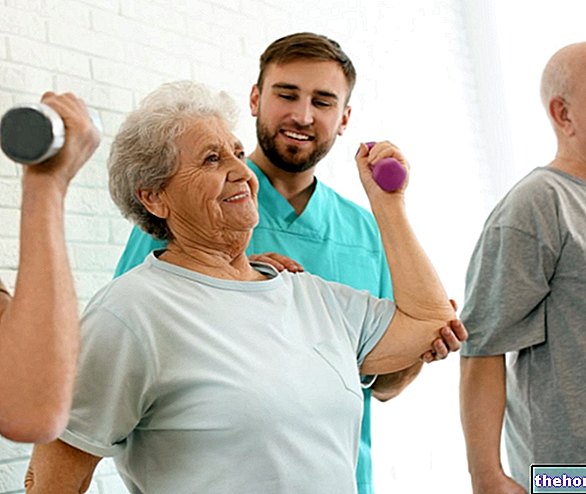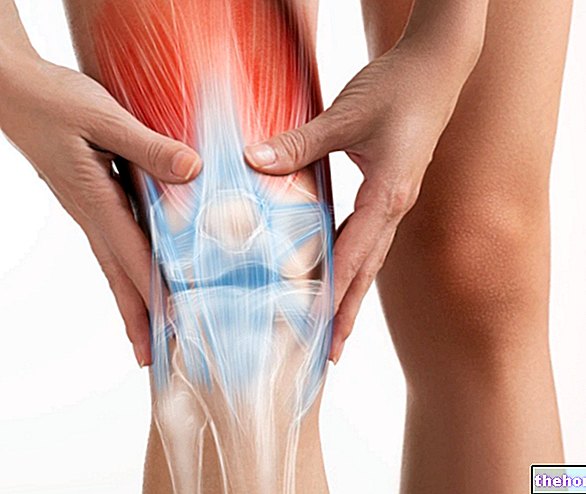Thanks to the ease of execution and the very low costs, running (or running) stands out among all other sports for the very high number of practitioners.

But is running really as simple as it may seem?
Well, running does NOT mean "knowing how to run"! Furthermore, those who run a lot may not run WELL!
In the "approach to this discipline of athletics" it is essential to keep in mind that, as in all sports, technique and physical abilities must be developed in equal measure. The runner will then have to get the correct and economical gait, but also strength, speed And general organic resistance.
The most important technical aspects of the race concern:
- The support of the foot which must take place on the FORE FOOT, not on the toe and not even on the heel
- The correct and relaxed position of the bust and head
- The swing of the upper limbs, naturally flexed but relaxed
As far as general resistance is concerned, the SLOW RUN is fundamental and occupies a large percentage of the overall training volume, both as a specific training and as a means of warming up and de-fatigue.
In the growth of the training load, the simplest progression to implement concerns the RHYTHM VARIATIONS; they can be more or less long and intense but never interrupted and always interspersed with slow running. They allow you to bring significant stimuli to the energy metabolism, while maintaining a remarkable level of attention and fun.
More demanding for planning, organization and management, are the REPEATED TESTS; they have the precise function of developing aerobic power by moving the intensity level just below or above the anaerobic threshold. They can be used to increase endurance with distances of 1,000-2,000 m and breaks of 3-5 "for a total of 4 km; or they can orient themselves in the development of aerobic power over distances of 300-800 m with breaks of 3-6" for a total of 2 km. In both, it is essential to keep your heart rate under control.
With regard to muscle strengthening, from the beginning it would be advisable to focus on natural loads; the work must equally involve (except for postural corrections) agonist and antagonist muscles, respecting the principle of gradual increase; in this regard, the method is of great help circuit which develops in an EXTENSIVE, INTENSIVE and INTENSIVE-RESISTANT way. The intensive circuit provides for the arrangement of about 8-12 exercises (in 8-12 stations) to be performed 10-12 times with a duration of 15-30 "and with 5-10" recovery between them. Exercises: Skip, hamstring, even-footed bounces, push-ups, pushups, jump rope, torso extensions, and back kicking.
In the intensive circuit the range of pulsations changes, which will have to oscillate between 160 and 180 (depending on the age), performing as many repetitions as possible and with a recovery between a complete circuit and the "other of 2-4".
As for the intensive-resistant, the methods of execution provide for the execution of exercises concerning the same muscle group repeated until almost exhaustion; subsequently, the muscle group will be changed, etc. etc. The work is based on the number of repetitions performed on a period of at least 20-25 "and given the degree of fatigue it is advisable not to abuse the number of sets (maximum 2-3 per muscle group) and applying a recovery of 2-4" between them.
From what has been reported, it emerges that the practice of running requires much more care and attention than can be expected from an apparently simple sport; the drawbacks which can be encountered by neglecting one or more of the fundamental aspects concerning learning are many: acquisition of incorrect athletic gestures, injuries, performance stalemate, etc.
For beginners it is therefore advisable to rely on an athletics sports center in which it is possible to exploit the knowledge and experience of qualified instructors and athletic trainers, to correctly learn at least the technical fundamentals and the basics of general training.
Bibliography:
- The revolution was made by milk - F. Sindici - The press - Wednesday 24 November 2010 - TUTTOSCIENZE pag. 27




























